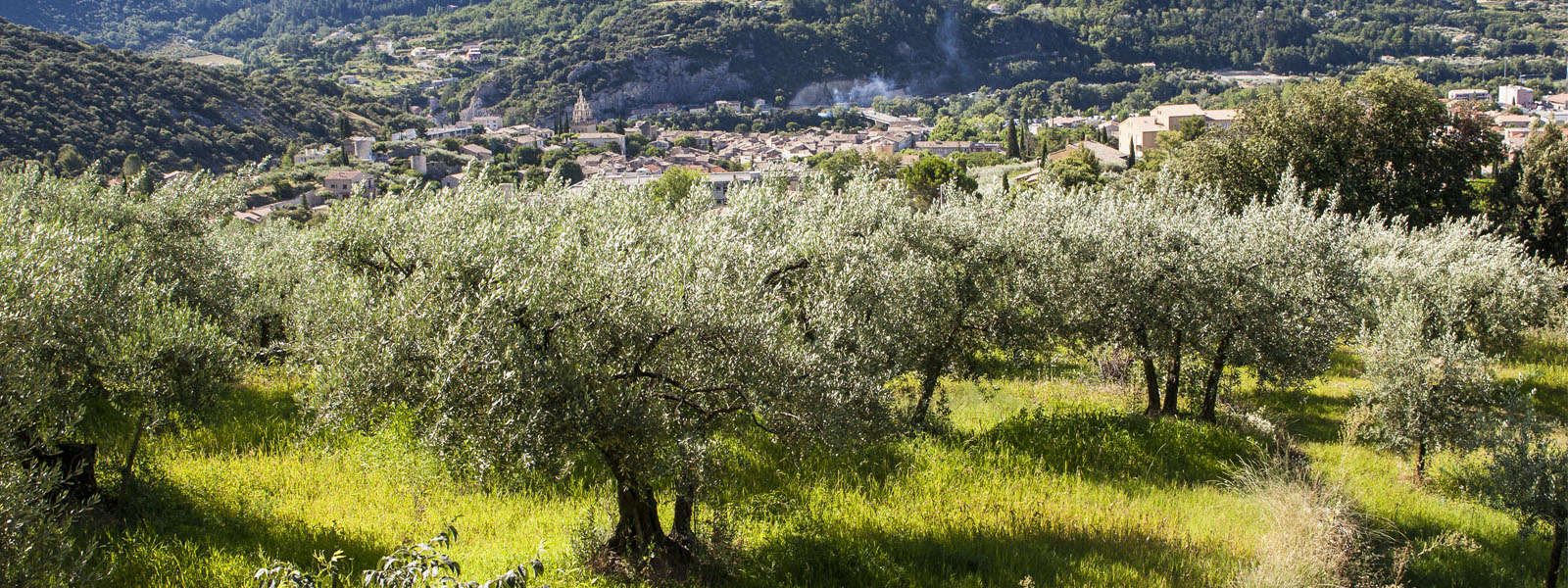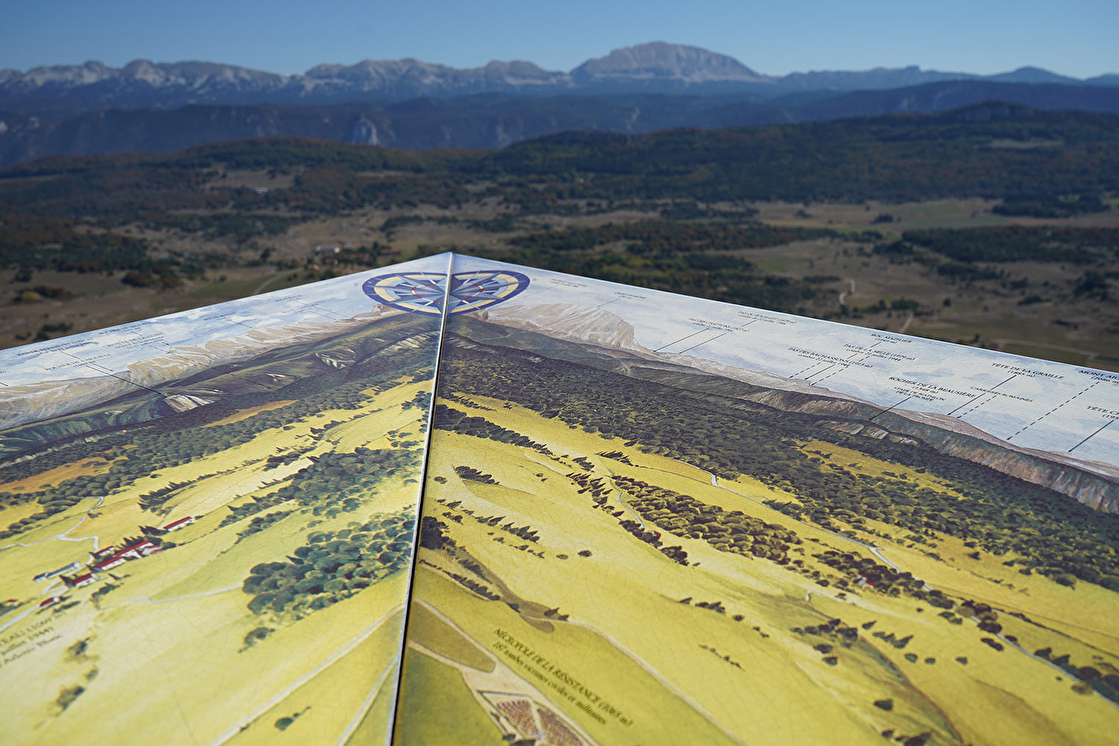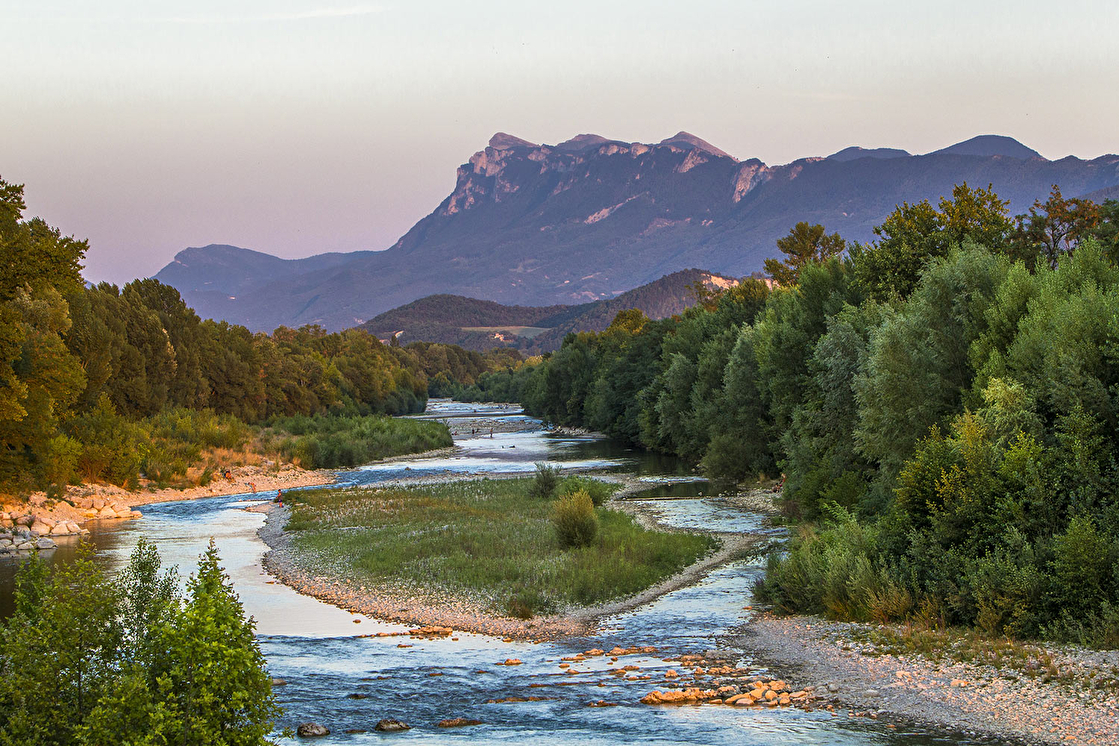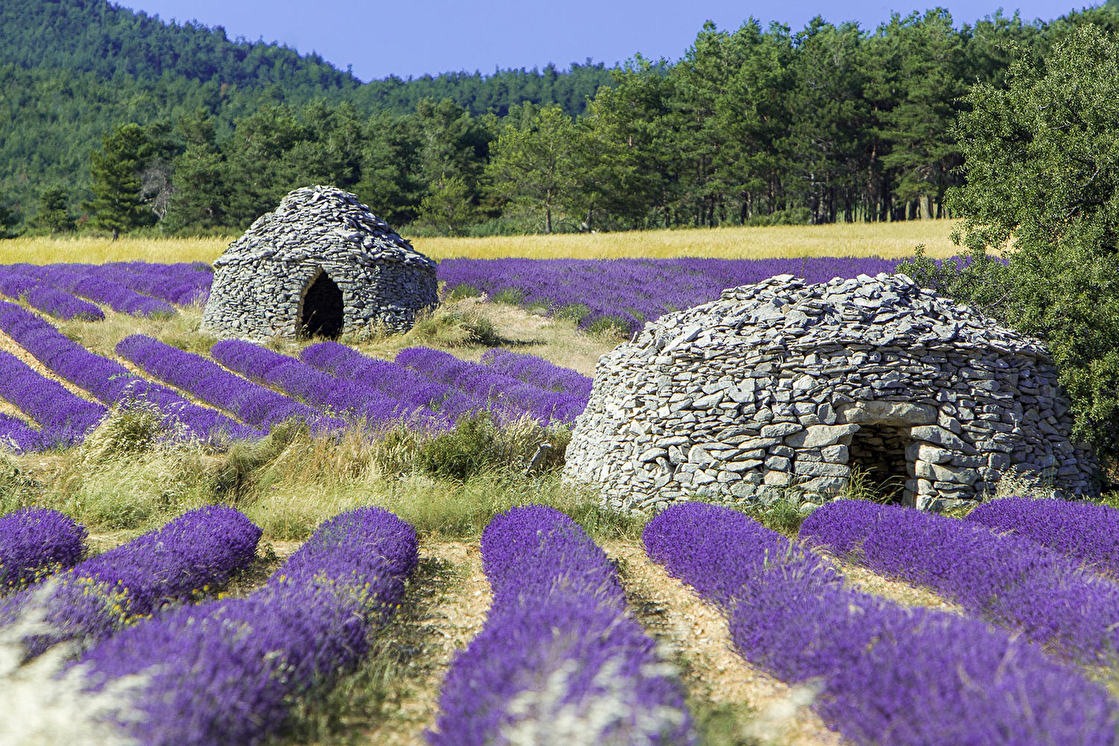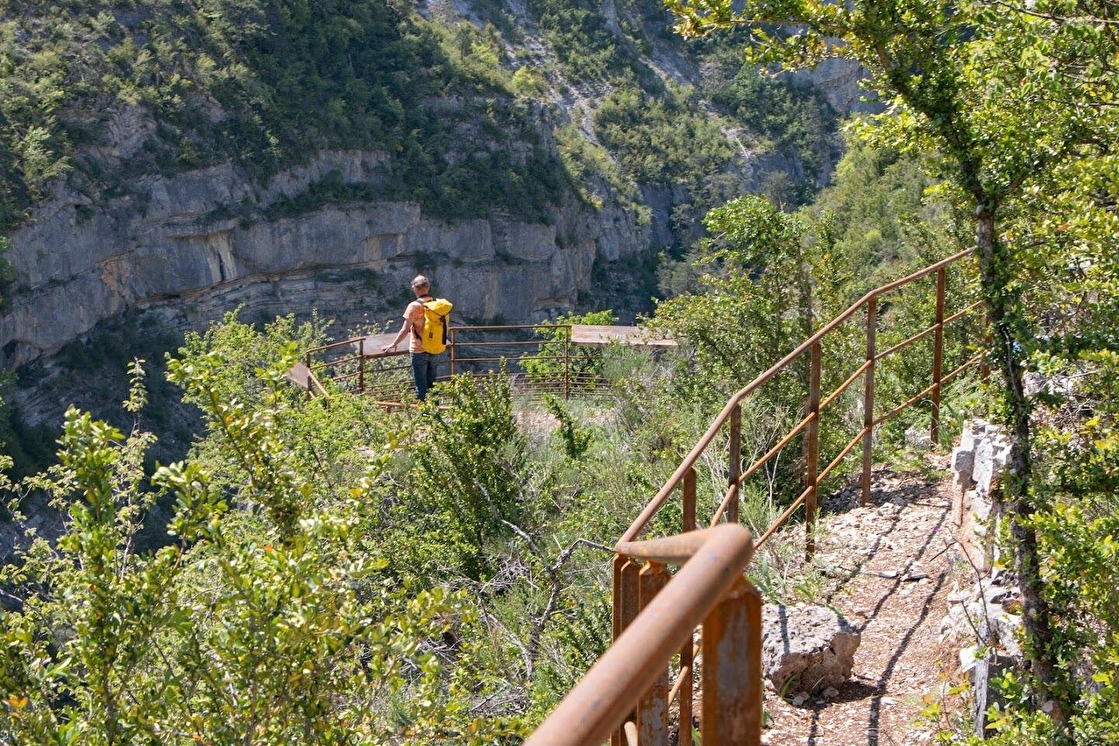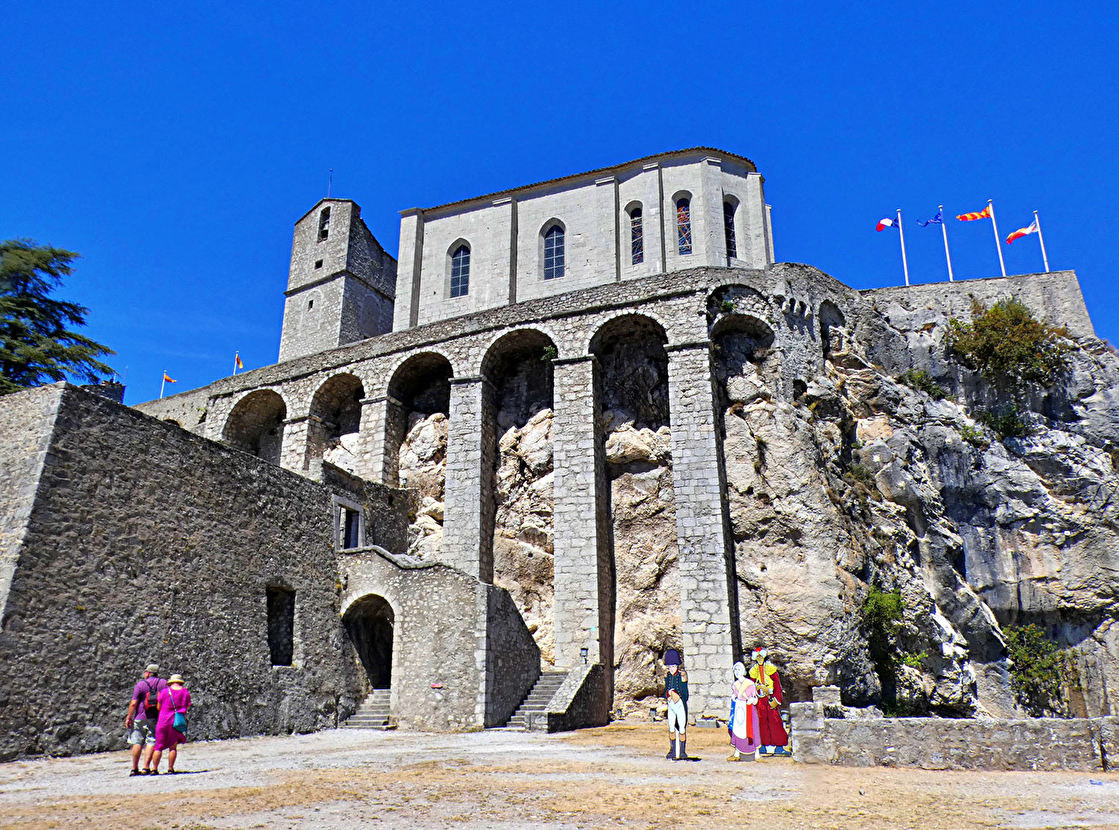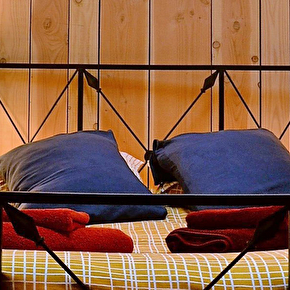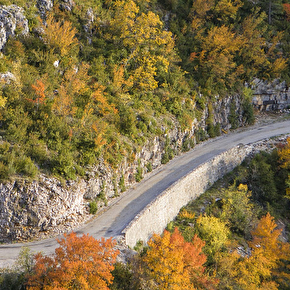The Trièves, at the foot of the Mont-Aiguille
Our neighbours on the Isère side
This eco-tourism area of the l’Isère, to the south of Grenoble, between the Vercors and Dévoluy massifs, neighbours the Pays Diois on its North-Eastern boundary, behind the Col de Menée.
In the Parc Naturel Régional du Vercors, from the Réserve Naturelle des Hauts-Plateaux, you can contemplate the Mont Aiguille, one of the 7 marvels of the Dauphiné and also the Grand Veymont, and the renowned Balcon Est of the Vercors, in which the resort of Gresse-en-Vercors nestles.
At the heart of these picturesque villages, the Musée du Trièves tells the story of this Protestant fiefdom and its Resistance heritage.
We set off in the footsteps of Jean Giono [writer], beneath the majestic gaze of the summits of the Dévoluy, the Obiou and the Grand Ferrand.
Finally, we can seek inspiration in the turquoise waters of Monteynard-Avignonet lake and quiver with excitement on its ‘passerelles himalayennes’.


